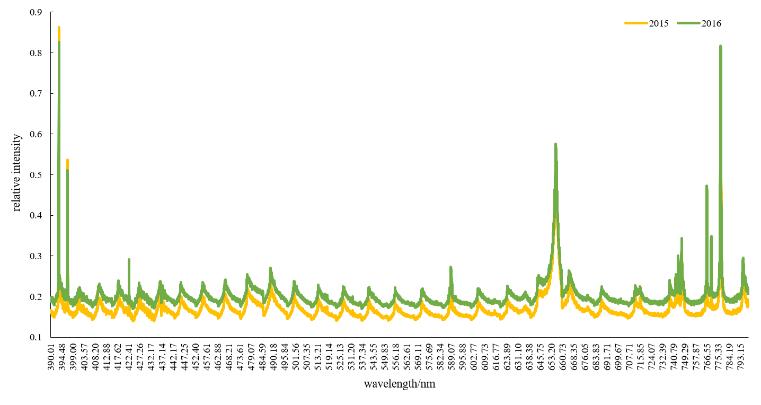
Xiao-Lan Yu
Zhejiang University, China
Title: Fast identification of new rice and stored rice by laser-induced breakdown spectroscopy
Biography
Biography: Xiao-Lan Yu
Abstract
The year of the rice (Oryza sativa L.) is one of the most important factors in consideration when customers decide to buy rice and new rice has always been a favorite for customers. This phenomenon gives opportunities to the traffickers who substitute stored rice for new rice to sell in order to gain profit, which is not only illegal, but also deceive consumers and even impair their health if the traffickers add some hazardous substances to make stored rice look like new rice. However, studies aimed at identifying new rice and stored rice are a rare seen. The purpose of this study is to report on a simple and fast classification procedure for the quality control of new rice by means of laser-induced breakdown spectroscopy (LIBS) coupled with chemometrics. Methodology & Theoretical Orientation: LIBS spectra between 300nm to 850nm of new rice which was harvested in 2016 and stored rice which was harvested in 2015 but unpacked with the new rice at the same time were got and min-max normalization was the method for preprocessing. According to the X-variables loadings produced by principal component analysis (PCA), characteristic wavelengths were acquired and linear discriminant analysis (LDA) models were built on the basis of them. Findings: The results showed that the LDA model based on characteristic wavelengths could identify new rice and stored nice rapidly. The accuracy of the calibration set and the prediction set all reached 100%. Conclusion & Significance: The combination of LIBS and chemometric has its potential to be used in the cereal industry, providing a methodology to perform the quality control of cereal.

Figure 1: LIBS spectra of new rice (2016) and stored rice (2015)

